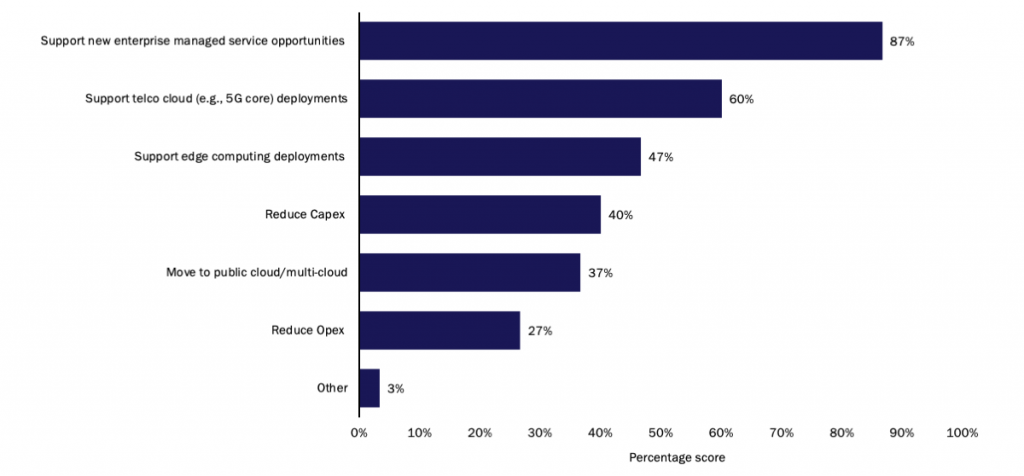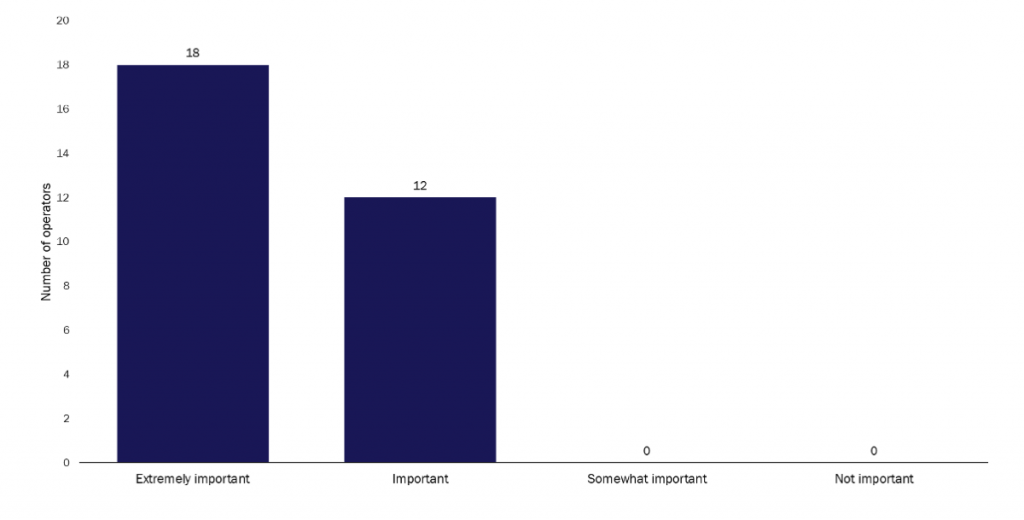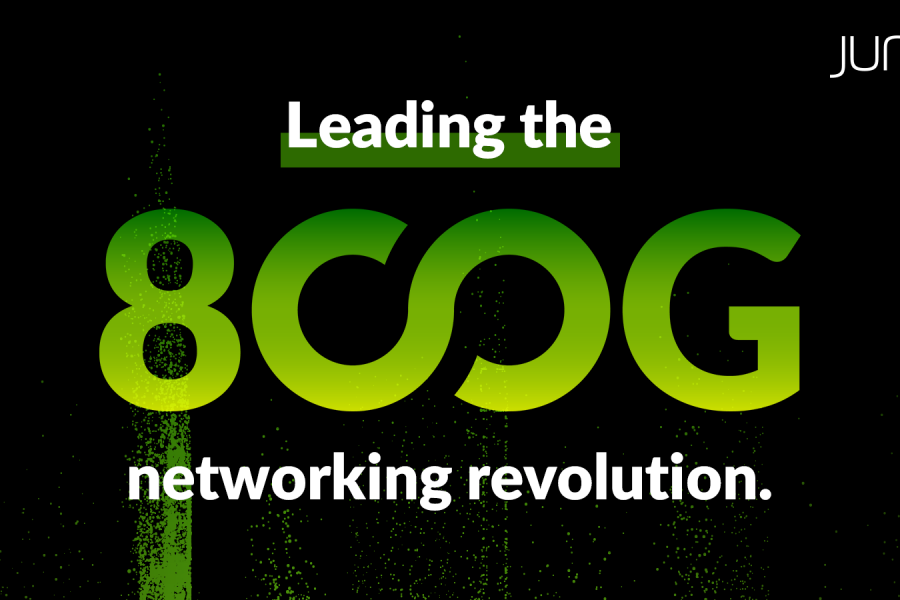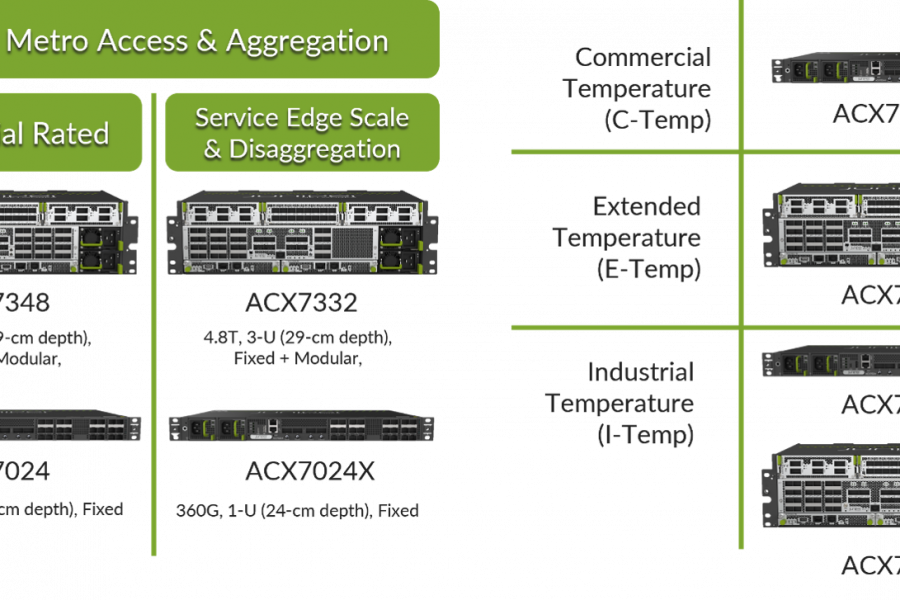Among the many disruptions facing modern communication service providers (CSPs), one of the biggest is the growing role of data centers (DCs) in their business. Whether rolling out cloud-based 5G infrastructure, new edge capabilities or next-generation enterprise solutions, data centers are becoming the default vehicle for CSP services. And in many ways, that’s a great thing.
CSPs can expect to implement more aspects of their network and services as cloud software. They can use the same techniques as hyperscale cloud providers to develop innovative new services, quickly bring them to customers and continually refine them—all with greater agility and efficiency. But “can” is the operative word. Because along with those exciting new cloud capabilities comes exploding operational complexity.
It’s no secret how CSPs will overcome this challenge. They’ll need to automate. But knowing that something needs to be done, and actually doing it, are two different things. Recently, Juniper Networks engaged Analysys Mason to survey service providers about their data center networks. The biggest takeaway: despite CSPs recognizing the critical need to automate, significant barriers remain.
Why has automation become so important for CSP data center networks? And what’s standing in the way of implementing it? Let’s take a closer look.
Inside the Survey
Juniper Networks begins with a basic assumption: If CSPs want to support flexible application placement, on-demand consumption and programmable connectivity for new networks and services, they’ll need an automated data center fabric. There’s just no way to deliver cloud-native services or cloud-like customer experiences using yesterday’s slow, manual processes.
So, do CSP leaders agree? To find out, Analysys Mason surveyed 30 service providers around the globe. They spoke with a mix of senior executives shaping data center strategy and technical operations staff to capture a holistic view of their current thinking around automation and their progress toward achieving it. Here are some of the insights that these efforts revealed.
New Business Opportunities Drive Data Center Strategy
You probably won’t be surprised to learn that much of the motivation for data center transformation comes down to dollars and cents. Specifically, the biggest factor driving data center investments is the opportunity to grow enterprise managed services businesses. Other major drivers for CSP DC strategy include “cloudifying” the telco network to enable new 5G services and deploying distributed edge computing (Figure 1).

These capabilities will help CSPs capitalize on the huge market opportunity to bring new kinds of revenue-generating services to enterprise and industrial customers. And they all require state-of-the-art data centers built for speed, efficiency and agility.
CSPs Recognize the Importance of Automation
It’s encouraging to see that most CSP leaders appreciate the need to do things differently. Many respondents noted that if they want to reach the potential of new 5G, edge and enterprise services, agile data center operations become a strategic imperative (Figure 2).

It’s not hard to see why respondents felt this way. Almost every new business opportunity CSPs want to tap into depends on data center networks—that is, an underlay routing and switching fabric with a virtualized network overlay. If CSPs want to meet the speed, uptime and security requirements of new 5G enterprise and edge services, that network will need to keep up with the highly dynamic, automated compute and storage resources that characterize the cloud-native world.
…But Progress Remains Slow
So then, most CSPs should be well on their way to automating data center network operations across the lifecycle, right? Unfortunately, despite knowing where they want their data center networks to go, most CSPs are lagging in getting there. Respondents reported progress with some tasks, such as integrating self-service portals and automating software updates. But the more demanding lifecycle operations—like configuration, root-cause analysis and change management—remain highly manual. Interestingly, CSPs fundamentally think about automation in different ways from enterprises and cloud providers. For example, data center automation is often bumped down the priority list behind network management system (NMS) transformation and WAN automation.
The good news is that respondents say they expect to automate over half their operational processes over the next two years. The bad: two years is a very long time in the world of data center and cloud technologies. If service providers are still using manual processes or homegrown scripts for functions like capacity management, assurance and provisioning, they’ll have a hard time delivering the cloud experiences their customers expect.
Major Barriers Remain
Why aren’t CSPs moving faster? According to respondents, the biggest challenge is technology fragmentation. Today, data center network operations involve a wide range of disparate, vendor-proprietary management tools, each living in its own silo. This lack of standardization makes many operations extremely complex and time-consuming.
Fragmentation also makes it hard to implement consistent overarching automation. Such efforts as they exist are often isolated to specific vendors, overlay approaches or are based on custom in-house scripts that are difficult and expensive to maintain (Figure 3). In fact, the survey showed that CSPs relying heavily on “DIY” automation tools typically have higher costs than those using vendor-specific automation solutions.

Fueling Data Center Transformation
This is just a small sample of what the survey revealed about the state of CSP data center operations. While the results offered many fascinating insights, the big-picture story—that automation efforts still aren’t where they need to be—shouldn’t be that surprising.
Here at Juniper, we’ve been talking about the growing importance of service provider data centers and the need to get more agile and automated for a while. As we work with operators worldwide, we’ve seen firsthand how complicated it’s become to operate a modern CSP data center, much less bridge the gap to tomorrow’s cloud-native services. That’s why we’re continuing to invest in a new generation of data center automation solutions, such as Juniper Apstra.
Juniper is providing tools to simplify and accelerate the full lifecycle of data center network operations across the most complex and demanding environments. This includes:
- Experience-first designs that help CSPs design, deploy and operate their data centers more smoothly than they have done in the past.
- Intent-based automation that begins with application and data center requirements first, followed by lower-level design choices such as hardware last.
- Consistent multi-vendor operations, so CSPs can use a single, universal management and automation framework to address the fragmented sprawl present in current SP data center networks.
Learn More
To see the full analysis of CSP data center network automation efforts, download the survey report and watch our upcoming panel discussion on May 5th where Juniper, Analysys Mason and a CSP guest will discuss the survey results.
To learn how Juniper can help you accelerate your own automation journey, take a tour of Juniper Apstra.


